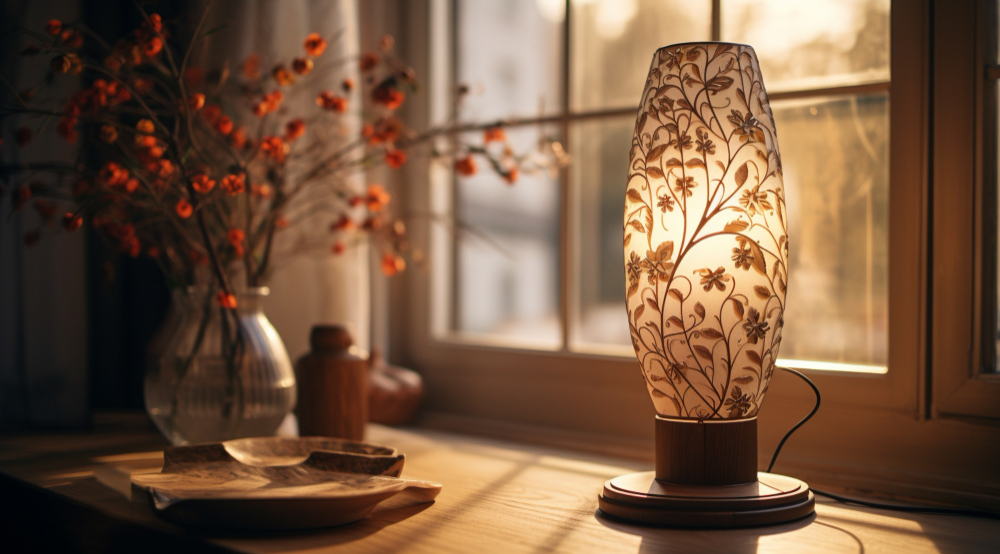At Bumble Bee Decor, we often recommend starting with a textural anchor piece—perhaps a raw-edge wooden coffee table or a bouclé accent chair—then building complementary layers around this foundation.
The tactile dimension of a room speaks directly to our most primal senses, inviting interaction and creating comfort through variety. Consider the full spectrum of textures available: the slubby weave of linen curtains filtering afternoon light, the smooth coolness of ceramic lamp bases, the rustic grain of reclaimed wood shelving, the sumptuous sink-in quality of velvet cushions. Each texture tells its own story and serves a specific purpose in the overall composition. We encourage clients to literally close their eyes and touch materials when selecting pieces, as the physical experience of a space is equally important as its visual impact.
Pattern mixing represents perhaps the most intimidating aspect of layering for many homeowners, but following a few guiding principles simplifies the process considerably. Begin by varying the scale of your patterns—pair larger motifs with medium and small-scale designs to create visual hierarchy. Unify diverse patterns through a consistent color story, allowing one or two hues to appear across different patterned elements. For those new to pattern play, start with a dominant pattern you love, then introduce complementary designs in progressively smaller doses. We’ve found that beginning with patterns in accessories—pillows, throws, or small rugs—allows for experimentation without major commitment.
Balance represents the crucial counterpoint to contrast in successful layering. Too many competing elements create chaos rather than composition. Professionally designed spaces incorporate strategic “rest areas” for the eye—solid-colored walls behind patterned upholstery, or stretches of unadorned flooring between textured rugs. Consider the visual weight of each element, distributing heavier textures and bolder patterns evenly throughout a space rather than concentrating them in one area. This principle of distribution creates movement, guiding the eye naturally through a room while maintaining an overall sense of equilibrium.
The most compelling layered spaces evolve organically over time, accumulating meaningful pieces that reflect personal history and diverse influences. While instant transformations have their place, the most authentic interiors develop through thoughtful curation rather than wholesale adoption of passing trends. At Bumble Bee Decor, we advocate for the “slow decorating” approach—adding quality pieces gradually, allowing each new addition to converse with existing elements before introducing the next. This measured process results in spaces that feel both intentional and effortlessly assembled, rich with texture and pattern that tells your unique story.

